When I first heard about the Han Yu Cultural Festival, an annual event held in Neipu, Pingtung, I couldn’t help but wonder: What does Han Yu, a celebrated Chinese literary figure and educator, have to do with Neipu—a rural township far removed in both time and place? It wasn’t until I visited Neipu and saw how deeply the locals respect and uphold the festival's rituals that I began to understand—and gain a newfound appreciation for—this cultural celebration.
Contents
◦ Pingtung Travel Guide
01|Transportation in Pingtung
🚄 Taiwan High Speed Rail
🚗 Car Rentals - Save Up to 10%
🚢 Xiaoliuqiu - Donggang Ferry Ticket
02|Popular Attractions in Pingtung
🎫 National Museum of Marine Biology and Aquarium Ticket
🎫 Sleepover Experience at National Museum of Marine Biology and Aquarium
🎫 Paradise of Deer Ticket in Kenting
🎫 Tickets for Kenting Luyu Island Capybara Ecological Park
🎫 Shuangliu National Forest Recreation Area Tickets
03|Things To Do in Pingtung
🚣🏻 Stand Up Paddleboarding Experience in Kenting
🤿 Water Activities at Kenting South Bay
🤿 Liuqiu Snorkeling Tour by Bear Diving in Pingtung
🏔️ Alangyi Hostoric Trail Hiking Day Tour
◦ History of Neipu
Located in north-central Pingtung, Neipu is home primarily to Hakka and Hoklo (Minnan) communities, with Hakka people making up about 60% of the population and Minnan about 35%. There are also smaller groups of Paiwan, Rukai, and Makatao peoples. Due to its high Hakka population, Neipu is considered a key cultural center for Hakka people in southern Taiwan—an important factor in the development of the Han Yu Cultural Festival.
Historically, Neipu was once a dense forest and part of the traditional territory of the Paiwan people. When early Hakka settlers arrived to cultivate the land, they cleared plots within the forest for farming. In Hakka, these plots are called “pu” (埔), meaning cultivated land. Since these farmlands were deep inside the woods, the area came to be known as “Nei-pu” (內埔), or “inner farmland.”
◦ Han Yu Cultural Festival
To understand the connection between Han Yu and Neipu, Pingtung, we have to go back to the Tang Dynasty, in the year 819 CE. Over a thousand years ago, Han Yu angered Emperor Xianzong of Tang by submitting a bold memorial titled “Memorial on the Bone of the Buddha”, in which he criticized the emperor’s Buddhist policies. As punishment, he was demoted and exiled to Chaozhou in Guangdong, then considered a remote and undeveloped region. Despite the harsh posting, Han Yu devoted himself to improving the area—developing infrastructure, promoting education, and mentoring local talent. His contributions earned him deep admiration from the people of Chaozhou, who later enshrined him in temples to honor his virtue. By the Ming and Qing dynasties, Han Yu had come to be revered as a local guardian deity in many communities. Most of Neipu’s Hakka residents trace their roots to Guangdong. When their ancestors migrated across the sea to Taiwan and settled in Neipu, they brought with them the tradition of honoring Han Yu, building temples and continuing the rituals of worship from their homeland.
During the Han Yu Cultural Festival, in addition to the solemn and traditional Three Offerings Ritual, what truly captivated me were the rich melodies of the Hakka Eight Sounds and the elegant Six-Rank Dance (Liuyi Wu) performed by students from Fengtian Elementary School in Neipu.
Since its founding in 2001, the Han Yu Cultural Festival has spanned over two decades. More than a tribute to a revered figure, the event has become a living expression of Hakka heritage. The values of “tilling the land under clear skies and studying on rainy days,” along with a strong commitment to education and culture, have taken root as a defining part of Neipu’s cultural identity.
◦ Attractions in Neipu
01|Changli Temple
Located next to Neipu’s Mazu Temple, Changli Temple—also known as the Han Yu Temple—is the only temple in Taiwan dedicated to Han Yu, the foremost of the “Eight Great Prose Masters of the Tang and Song Dynasties.” Built in 1803, during the 8th year of the Qing Jiaqing Emperor’s reign, the shrine boasts over 200 years of history. In its early years, renowned scholars were invited to the shrine to give lectures, making it an important center of learning within the Liudui Hakka settlements. This scholarly tradition helped nurture many successful candidates in the imperial examination system, including juren and jinshi (degree holders in the Ming and Qing civil service exams).
What caught my eye most when entering the shrine were the bright red wishing cards pinned to the walls. During exam season, students often visit with a copy of their exam admission slip, praying to Han Yu for wisdom and good fortune.
Changli Temple Opening Hours: 0400-2130 No. 164, Guangji Rd., Neipu Township, Pingtung
02|Neipu Mazu Temple
Also built in 1803, during the 8th year of the Qing Jiaqing Emperor’s reign, the Liudui Mazu Temple is the oldest Mazu temple in the Liudui region. During the Qing Dynasty, whenever the Liudui militia mobilized, they would hold pre-battle oath ceremonies at the temple, praying to Mazu for safety in battle and a victorious return. Mazu served not only as a spiritual anchor for soldiers, but also as a central figure of worship and protection for the local people.
What makes this temple especially unique is that it’s physically connected to both Changli Shrine (dedicated to Han Yu) and a Guanyin Temple nestled between them. Together, the three structures form a single, unified temple complex. This rare architectural and spiritual fusion brings together Taoism, Buddhism, and Confucianism, making it one of the few places in Taiwan where the Three Teachings coexist harmoniously under one roof.
Neipu Mazu Temple Opening Hours: 0400-2200 No. 164, Guangji Rd., Neipu Township, Pingtung
03|Neipu Old Street
Neipu Old Street, formerly known as "Yangjiyuan," got its name from early settlers who, according to local elders, once fenced off the area to raise sheep. As far back as the Kangxi era of the Qing Dynasty, this spot served as a vital transportation hub for the Neipu region. Today’s Old Street centers around the intersection of Yangji Road and Dongcheng Road, with its entrance located across from the Mazu Temple parking lot.
One of the street’s most iconic landmarks was the Yuanshun Rice Wine Brewery on Yangji Road. Founded during the Qing Dynasty, the brewery was known for its resilience—even under suppression during the Japanese colonial period, it remained famous for its red yeast rice and fermented rice products. Their signature dish, sweet rice wine soup with red bean tangyuan, made using traditional methods, was especially well-loved. Sadly, Yuanshun closed in 2019, and as someone who never got the chance to try it, I can’t help but feel a tinge of regret.
Neipu Old Street Yangji Rd., Neipu Township, Pingtung
04|Liudui Hakka Cultural Park
Officially opened in 2011, the Liudui Hakka Cultural Park is a national-level cultural center in southern Taiwan, dedicated to preserving and showcasing the everyday life and traditions of the twelve Hakka townships in the region. The park’s architecture is inspired by the concept of “providing shade to the land”—a poetic metaphor embodied by six umbrella-shaped, village-style structures spread throughout the site. These buildings blend modern design with Hakka aesthetics, featuring symbolic elements like bamboo hats and paper umbrellas.
Among all the attractions in the park, my personal favorite is the Liang Family Tobacco Curing Building, a site rich with history and memory. Tobacco curing buildings, or “yanlou”, were used for drying and storing tobacco leaves. During the Japanese colonial period, the government promoted tobacco farming, leading to the construction of such facilities across various regions. The one preserved in this park—the Liang Family Curing Building—is a rare example of the “Osaka-style” yanlou, designed with a chimney-like vent directly above the main furnace for better smoke ventilation.
Through black-and-white photos of laborers at work and tools once used in tobacco trading, visitors are transported back in time—offered a glimpse into the era when farming families lived closely intertwined with the rhythms of tobacco cultivation.
Liudui Hakka Cultural Park Opening Hours: 0900-1700, closed on Tuesday. No. 588, Xinyi Rd., Neipu Township, Pingtung
◦ Restaurants and Snacks in Neipu
01|Four Generations Under the Banyan Tree
In Taiwan’s early agrarian society, Hakka farmers often began their day with a hearty bowl of noodles before heading to the fields—fuel for a long day of labor. Born from that tradition, the Banyan Tree Noodle Shop has been serving up steaming bowls of comfort for decades. It’s not just an old, well-loved eatery—it’s a place full of childhood memories and emotional ties for many locals.
With so many menu options, I froze up trying to decide. That’s when the man at the next table leaned over and said: “Do you eat garlic? You do? Then you have to try the garlic dry noodles. You won’t find this anywhere else!” When the noodles arrived, I immediately understood what he meant. Sure, you can find garlic noodles in other places—but rarely do you see such a generous mountain of fresh garlic. Once I mixed in the minced pork, garlic, and noodles, the bold aroma hit me like a wave—punchy, savory, and irresistible. For garlic lovers, this dish is nothing short of pure bliss.
Four Generations Under the Banyan Tree Opening Hours: 0600-2100, closed on Thursday. No. 78-1, Dongyang St., Neipu Township, Pingtung
◦ Flying Over Taiwan
*All aerial photography operations are conducted within legal airspace. During flight, regulations stipulated by the Civil Aviation Law are strictly followed, maintaining the required distance from buildings and crowds. Zooming and post-production techniques are used to ensure compliance, making the flights fully legal.
*Anyone citing these images and text must provide proper attribution. Unauthorized or illegal use of the images and text is prohibited and may result in legal liability.
◦ Other Areas in Pingtung
➤ Hengchun | Hengchun Chiang Ku Festival
➤ Shinyuan | The Battle Between the Carp Spirit and Lin Banxian
➤ Kanding | A Township Filled with the Aroma of Sesame Oil
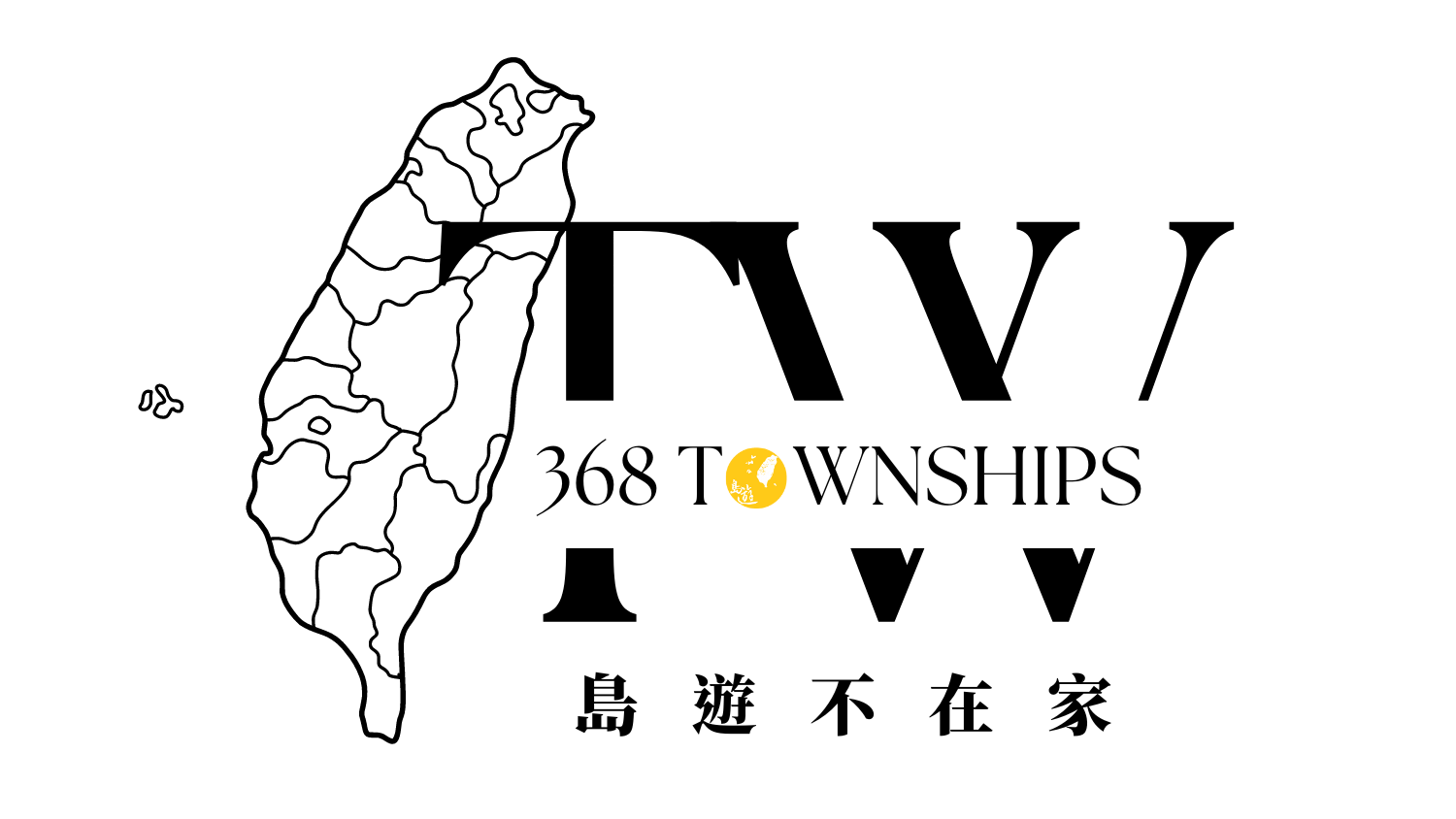
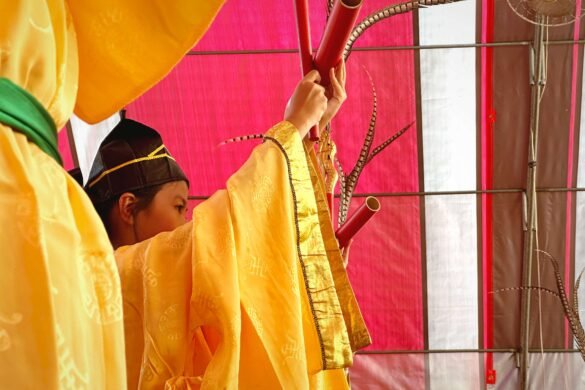
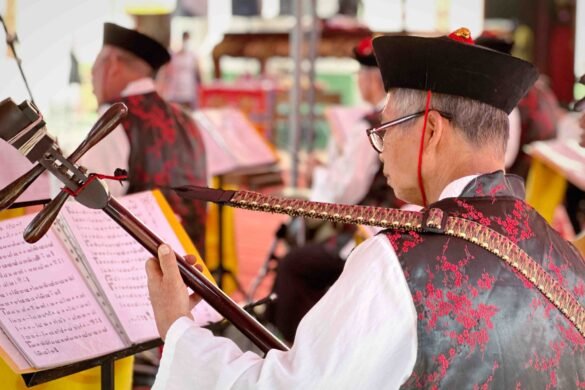
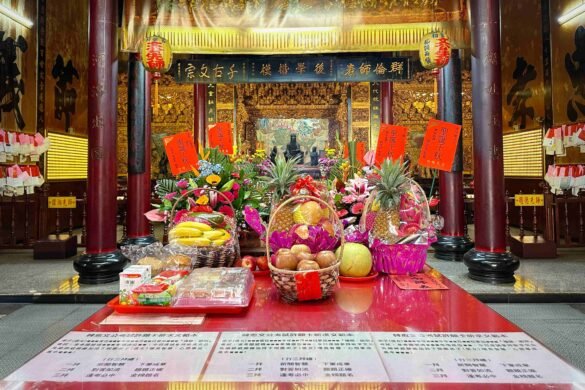
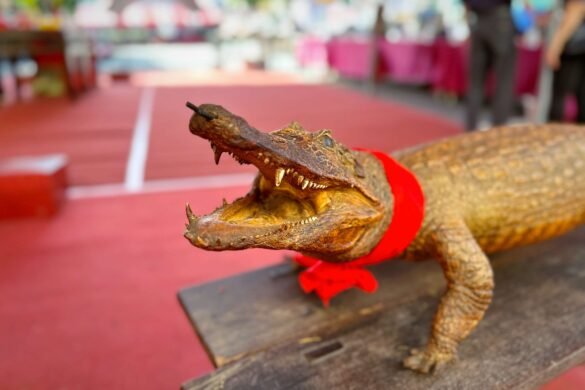
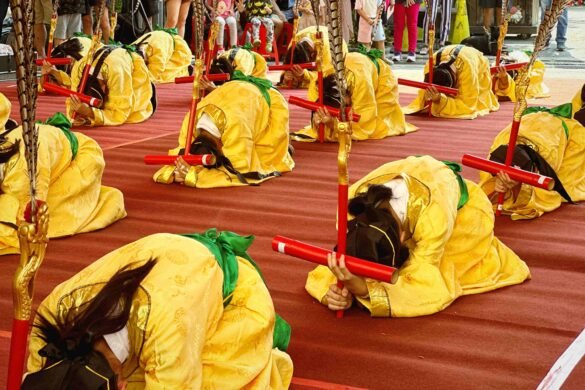
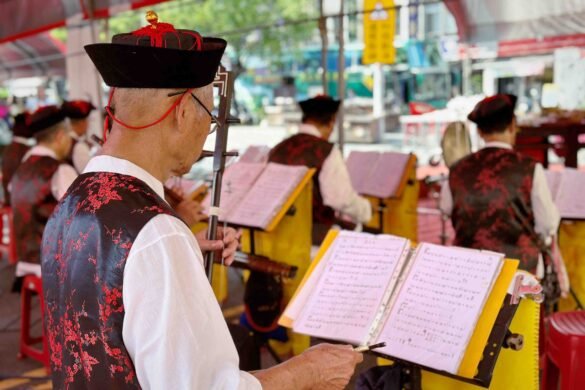
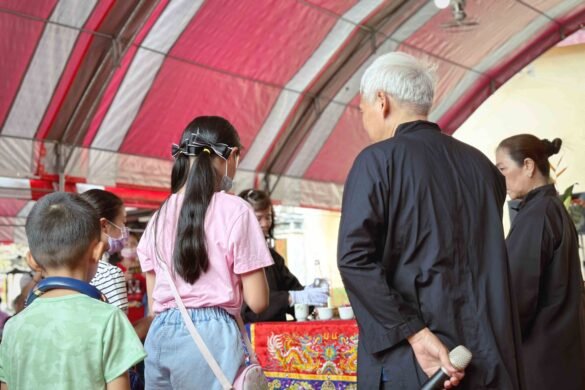
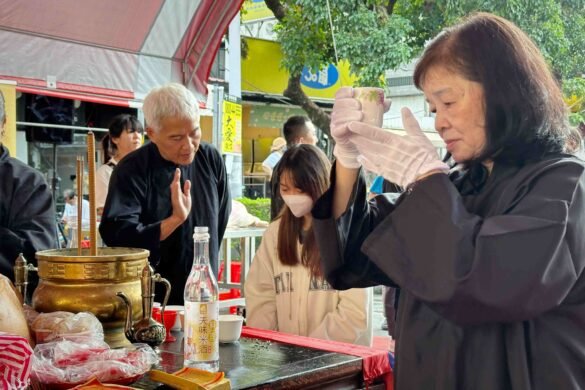
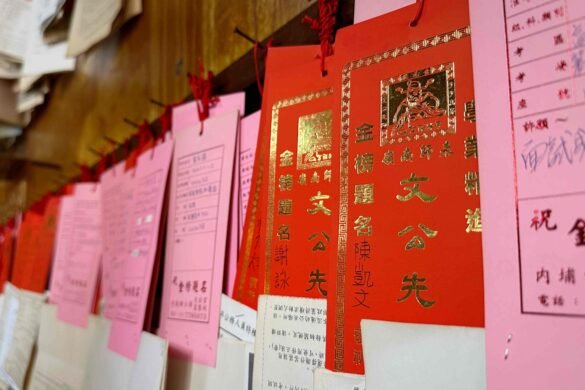
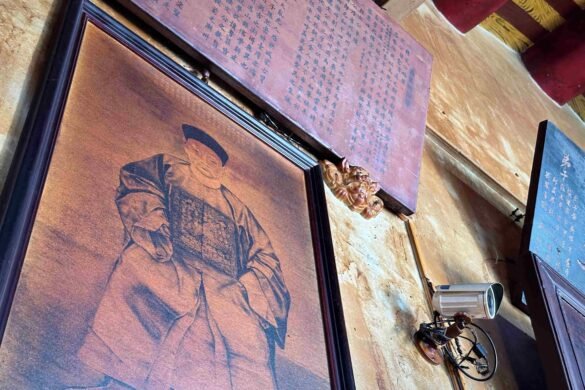
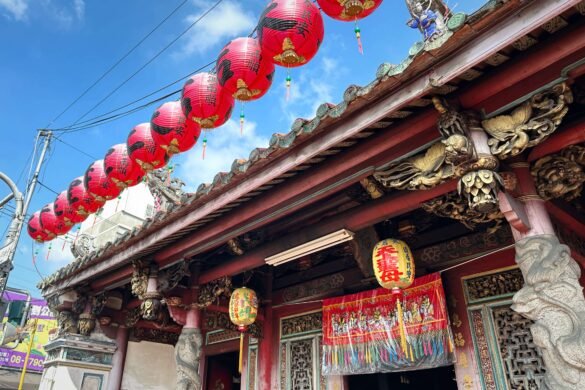
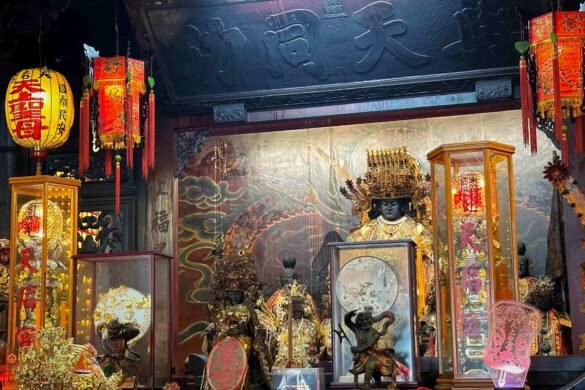
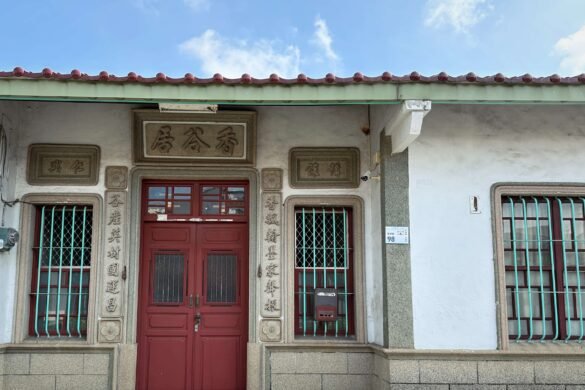
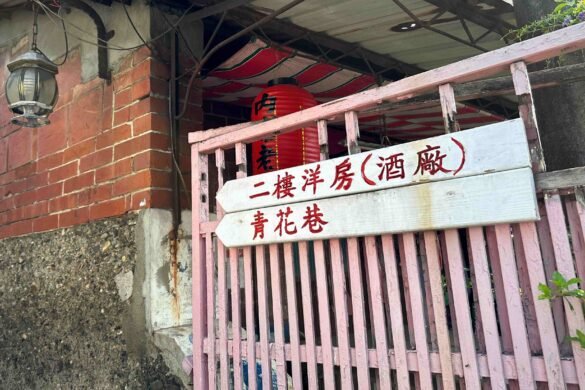
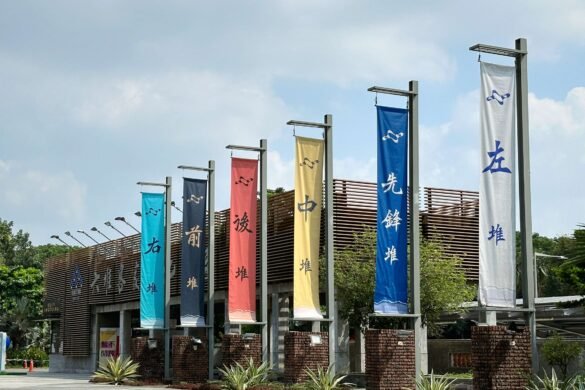
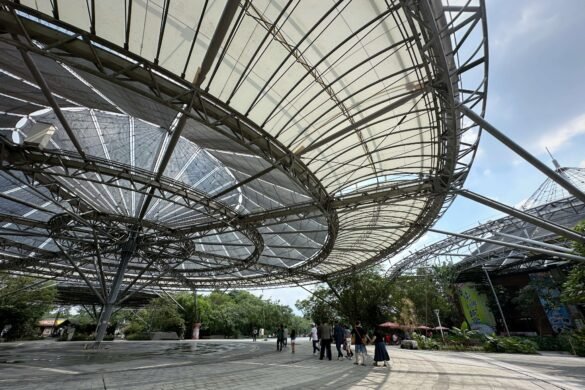
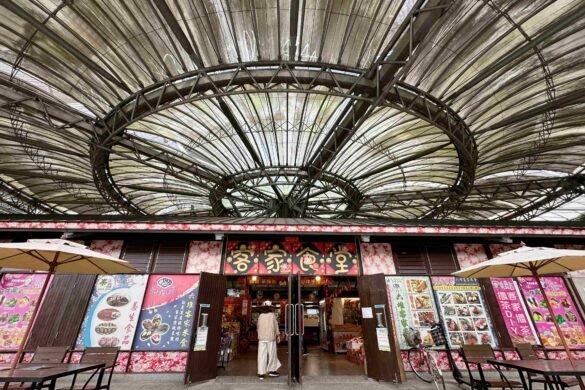
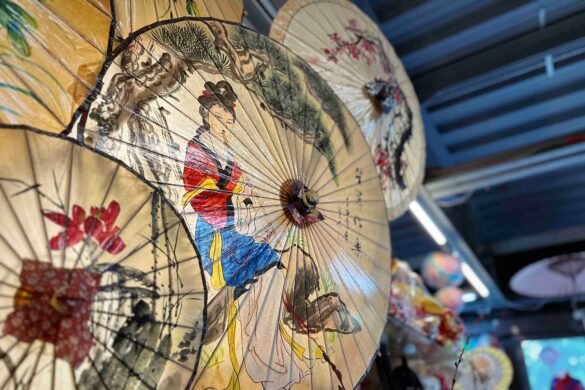
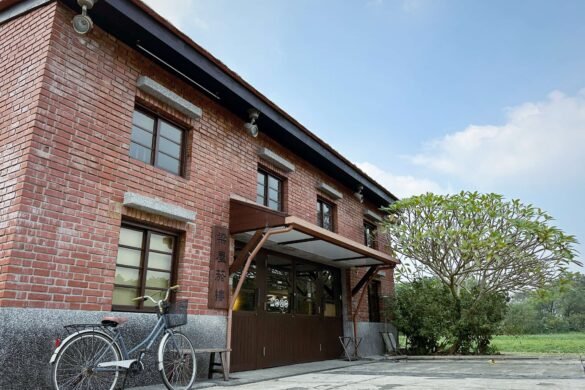
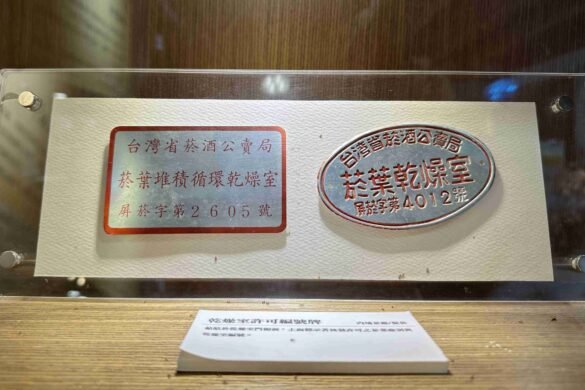
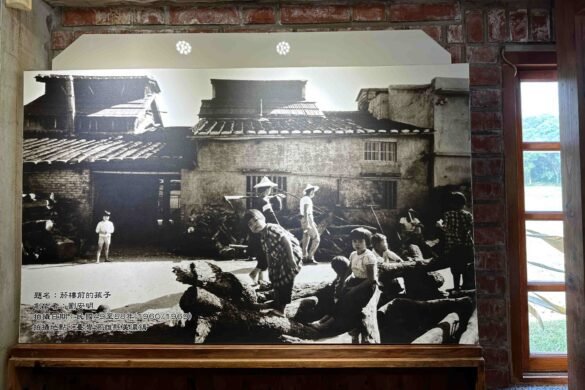
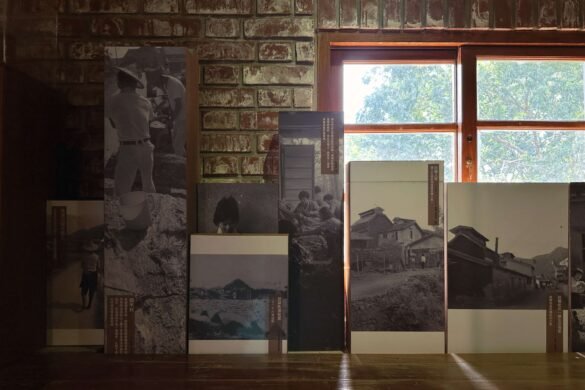
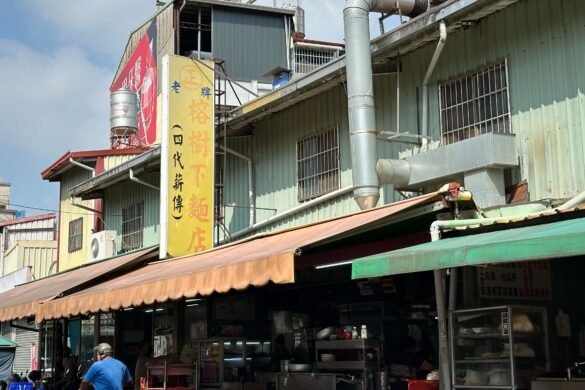
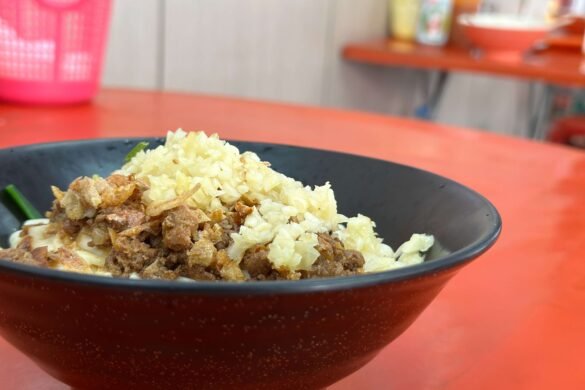
2 留言
這篇內埔文祭真的讀得我「內心澎湃」!原來全台唯一韓愈廟和客家八音、六佾舞都在這,讓我對這片土地嚮往不已。內埔的歷史感從森林拓墾到儒釋道合的廟宇,連老街都充滿故事,六堆菸樓更是有話要說。不過,最讓我「驚艷」的是那碗蒜頭乾麵,那位大哥的推薦真是「震撼」到極點!下次一定要去內埔,品嚐那「獨一無二」的滋味,感受「晴耕雨讀」的韓愈精神!アイム ノット ヒューマン ネタバレ
哈哈,謝謝你的留言回饋。不過客家八音在臺灣的許多客庄都能見到,韓愈廟確實只有內埔有!